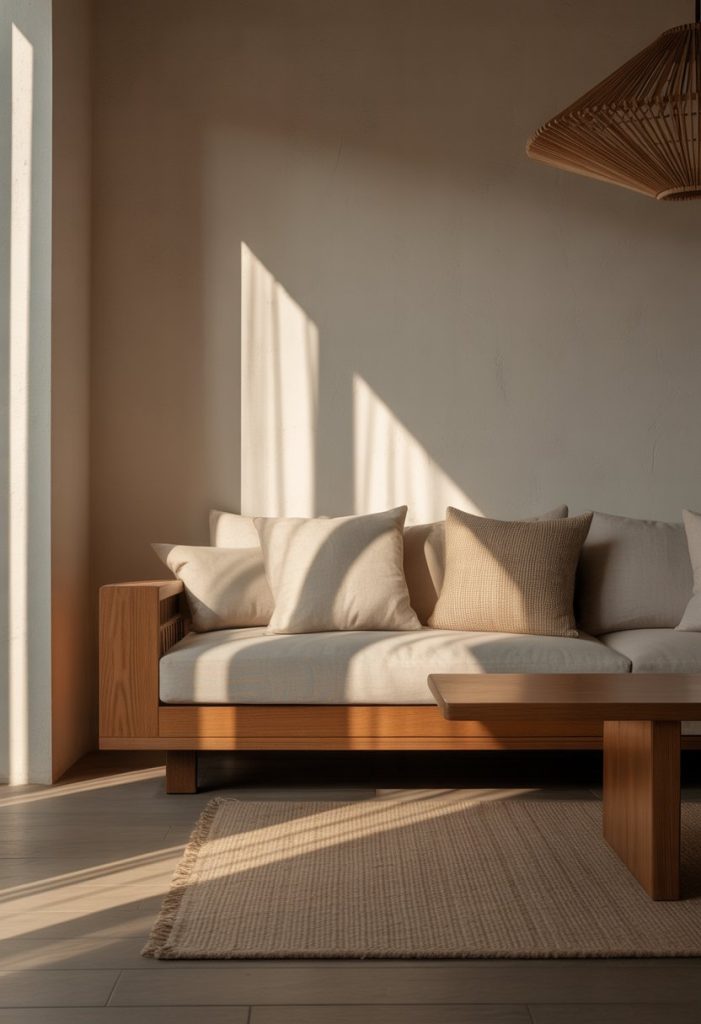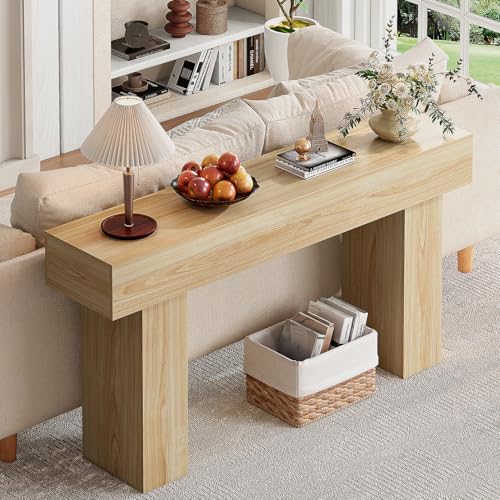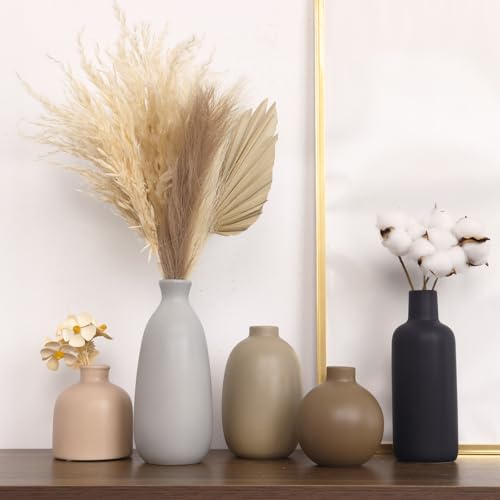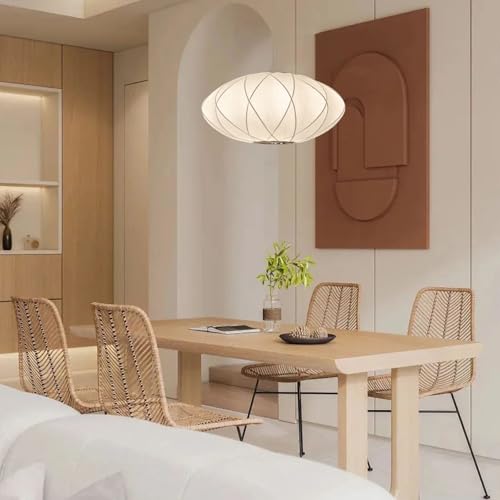Japandi design blends Japanese minimalism with Scandinavian warmth for spaces that feel peaceful and inviting.
This style leans on natural materials like wood, bamboo, and stone, paired with simple shapes and a palette of soft, neutral colors.
Whether you’re redoing your whole place or just tweaking a corner, these Japandi ideas can nudge your home toward that serene sanctuary you’ve always wanted.
1. Embrace a Neutral Color Palette

Japandi thrives on calming, neutral colors. Start with soft whites, muted beiges, or gentle greys on your walls.
These soothing shades set a peaceful background for everything else. Mix a few tones to add depth without making things feel busy.
Earth tones help you strike that sweet spot between Japanese minimalism and Scandinavian comfort.
2. Incorporate Natural Wood Furniture
Wood furniture sits at the heart of Japandi style. Pick pieces with clean lines and natural finishes that highlight the wood’s grain.
Oak, walnut, and maple all shine in Japandi spaces. Minimalist tables, chairs, and storage units—skip the frills and ornate details.
3. Use Low-Profile Furniture
Low-slung furniture is classic Japandi. It nods to Japanese floor seating and opens up your space.
Try coffee tables, sofas, and beds that sit close to the ground. The vibe gets relaxed, and the lines stay clean.
4. Add Paper or Fabric Lampshades
Paper or fabric lampshades soften the light, making everything feel warm and inviting. Pick shades with simple, flowing shapes. Neutral colors like ecru, beige, or even black fit right in.
These gentle lighting choices help you unwind and add a hint of elegance to your minimalist décor.
5. Keep Rooms Clutter-Free

Clear out anything that doesn’t serve a purpose or bring you joy.
Tidy up daily and stash things away in multi-purpose furniture with hidden storage. Clean lines keep the room calm.
6. Tatami-Style Floor Mats
Tatami mats bring Japanese tradition into your Japandi mix. Their natural texture feels good underfoot and looks neat.
Lay them in your living room or bedroom for a soft, warm touch. They pair well with low wood furniture and natural light.
7. Scandinavian-Inspired Simple Cabinetry
Scandinavian cabinetry brings clean lines and function to your Japandi kitchen. Pick cabinets with flat doors and minimal hardware.
Light woods like oak or birch keep things bright. White cabinets work if you want maximum light.
8. Bring in Green Plants
Place a small bonsai on the coffee table or shelf for a calm focal point.
Ferns and leafy greens work, too. Just a couple of low-maintenance plants can change the feel of a room. Stick to clean lines and don’t overdo it—one or two is plenty.
9. Mix Textures

Mixing textures gives Japandi spaces depth. Try rough linen cushions with smooth ceramic vases or bowls.
Bamboo furniture and soft wool throws? Yes, please. Wood, stone, and fabric together create a cozy-yet-elegant harmony.
10. Feature Handcrafted Pottery
Handcrafted pottery adds warmth and personality. Look for pieces with organic shapes and neutral colors.
Set a few rustic vases or bowls on shelves or the coffee table. You only need a handful—less is more.
11. Shoji Screens for Room Dividers
Sliding shoji screens divide space while keeping the Japandi mood. They feature wooden frames with paper or fabric panels that let light filter through.
Use them as sliding doors for closets or as full room dividers. Shoji screens add flexibility and look modern with clean lines.
12. Incorporate Black Metal Frames
Black metal frames give Japandi interiors a little edge. Use them for mirrors, art, or furniture.
Try a black metal side table or chair to break up all the wood. Door hardware in black looks great against oak.
13. Use Natural Fiber Baskets
Natural fiber baskets are store blankets, toys, or even plants in them. Rattan, seagrass, or bamboo baskets fit right in.
These baskets blend natural texture with simple function, which is what Japandi’s all about.
14. Opt for Muted, Earthy Wall Art
Wall art can set the tone for your Japandi space. Look for art in soft, earthy shades—beige, moss green, clay.
Abstract Wabi Sabi prints work beautifully here. They showcase the beauty in imperfection and keep things minimal.
15. Statement Wooden Coffee Table
A wooden coffee table can anchor your Japandi living room. Go for clean lines and a natural finish.
Oak, walnut, or maple tables with minimalist shapes work best. The table should feel warm but never overpower the room.
16. Use Minimalist Pendant Lighting
Pendant lights casts a soft, warm glow that feels just right. These minimalist fixtures add calm warmth to kitchens or living areas, never taking over the room.
Look for pendants made from natural materials to keep things harmonious.
17. Add Cozy Wool Throws
Wool throws are a go-to for adding warmth and texture to Japandi spaces. Subtle patterns like herringbone or ribbing add a bit of visual interest, but never shout for attention.
Try draping them over your bed or sofa for instant coziness. Natural colors—think cream, taupe, or soft gray—help keep that Japandi look on point.
18. Select Furniture with Rounded Edges
Go for coffee tables, sofas, or armchairs with rounded edges—they feel friendlier than sharp corners.
These soft shapes make your space more inviting, all while staying clean and uncluttered. It connects you to the natural elements at the heart of both Japanese and Scandinavian design.
19. Create Open Spaces

Open floor plans just work with Japandi style. You get that airy, purposeful feeling right away.
Try furniture that pulls double duty, like storage ottomans or extendable tables. Room dividers made from natural materials can define spaces without closing them off.
20. Add Ikebana Flower Arrangement
This Japanese art form nails the Japandi vibe—simple, natural, and a little bit poetic. Pick out a minimalist vase. Arrange just a few stems in a way that feels a bit off-balance, but in a good way.
Your little arrangement will bring nature and a gentle touch of elegance into your Japandi home. And best of all, it won’t clutter up your space—just the opposite, actually.


















